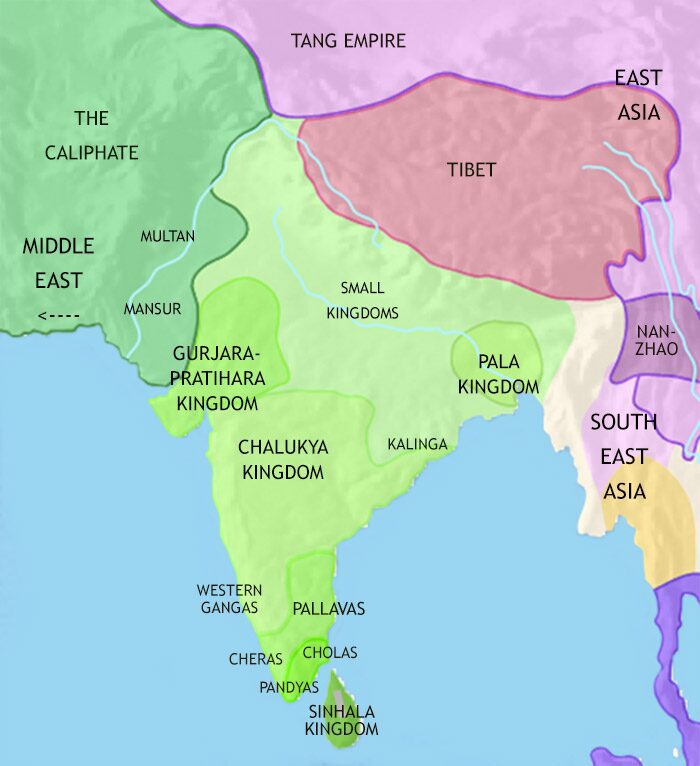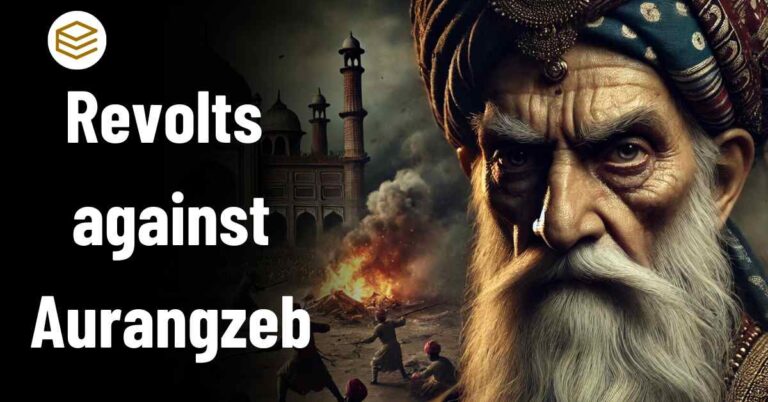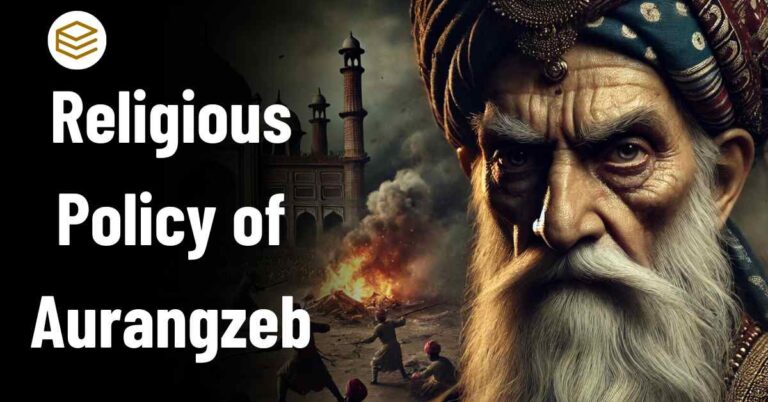December 12, 2025 6:33 pm
The early medieval India (750-1200 AD) is marked by significant political, economic, social, and cultural transformations, which have posed a challenge to historians attempting to categorize Indian history into distinct periods. Traditionally, Indian history was divided into ancient, medieval, and modern eras, often tied to the predominant dynasties or ruling powers—Hindu, Muslim, and British, respectively. This segmentation has drawn criticism, as it oversimplifies complex, overlapping developments. Scholars like N.R. Ray have suggested associating historical periods with underlying characteristics and systemic changes rather than simply with rulers or religions.

Key Characteristics of the “Early Historical” Period
Historians such as R.S. Sharma have defined the “early historical” phase with specific features:
- Rise of Territorial States: States were governed by Kshatriyas or Rajanyas and featured a centralized officialdom. Power did not solely derive from landholding, as officials received remuneration in cash.
- Economic Expansion: A cash-based economy, extensive urbanization, trade networks, and specialized crafts developed, marking an era of urban prosperity.
- Social Structure: The Varna system solidified with Brahmanas and Kshatriyas at the top. The Vaishyas engaged in trade and agriculture, paying taxes, while Shudras were laborers. Though slavery existed, it differed from European-style serfdom, and caste multiplicity had not yet fully developed.
- Core Villages and Communal Landholding: Villages, where communal landholding was prevalent, became the nucleus of social and economic activities, underscoring the deep-rooted rural fabric.
Transition to the “Early Medieval” Period
The term “early medieval” illustrates a gradual transition from the early historical period, indicating both continuity and transformation in political and socio-economic structures. This perspective contrasts with orientalism, which traditionally viewed Indian society as “timeless” and “unchanging.” Historians like D.D. Kosambi, R.S. Sharma, and B.N.S. Yadava, advocates of the Indian feudalism model, explain this transformation through the lens of “Indian feudalism.”
Key Features of the Indian Feudal System
The feudal polity, as theorized by historians, encapsulates several defining features:
- Fragmentation of Authority: The collapse of the Mauryan centralized state based on cash transactions led to the rise of local rulers with limited autonomy. This decentralization was marked by land grants, both secular and religious, which included administrative rights. Thus, multiple centers of power emerged, undermining the central authority.
- Decentralized Governance: The land grants fragmented authority, often conferring rights previously reserved for the state to local lords. This shift from a central administrative structure to a decentralized one significantly altered political control.
- Feudal Characteristics in Governance: While official structures remained monarchical, the feudal attributes introduced fragmentation, reducing central control and weakening the cohesion of Hindu polities. Historian A.S. Altekar emphasized that early medieval India displayed a “federal-feudal” empire model, where constituent states held autonomy but continuously vied for imperial status, leading to instability.
N.R. Ray’s Periodization of the Medieval Period (750-1200 AD)
N.R. Ray divides medieval India into three phases, each with distinct characteristics:
- Phase I (7th-12th Century): Regional kingdoms began consolidating, resembling early European nation-states. This period saw localized governance and decentralized authority, with rulers primarily engaged in agrarian-based economies.
- Phase II (12th-16th Century): Central authority was diminished, and regionalization continued, reinforced by the spread of vernacular languages and distinct cultural identities. This era was also marked by the growth of sects and sub-sects, leading to religious diversification.
- Phase III (16th-18th Century): The medieval structure matured, with kingdoms solidifying regional characteristics, economies leaning heavily on agriculture, and unique art forms developing within regions.

Key Features of Medievalism in India
Ray characterizes the medieval period with several essential elements:
- Regional Kingdoms and Identity: Kingdoms during this era were more regionally oriented, comparable to early European nation-states, where governance centered around regional loyalty rather than pan-Indian aspirations.
- Agrarian-Based Economy: The economy transformed from a cash nexus to a predominantly agrarian structure. This shift was partly due to weakened urban centers and limited trade.
- Cultural and Linguistic Development: Regional languages, literature, and scripts flourished, further solidifying distinct cultural identities within each region.
- Proliferation of Sects: The period saw the emergence of numerous religious sects and sub-sects, diversifying the religious landscape beyond traditional Vedic practices.
- Regional Art Forms: Art evolved into specialized schools such as Eastern, Orissan, Central Indian, Western, and Central Deccanese styles, underscoring regional creativity and identity.
Trend of Polity in the Early Medieval Period
- A Strong Feudal Character
The political system of this period was defined by feudal consolidation, where an overlord-subordinate relationship was fundamental. This chain of personal allegiance created a hierarchical structure binding retainers to chiefs, tenants to lords, barons to kings, and so forth. The political hierarchy became essential in organizing ranks and establishing order, with power flowing through various levels of loyalty and subordination. - The Central Role of Fiefs or Estates
The distribution of land in the form of fiefs or estates was a distinctive feature, serving as both a status symbol and a political tool. Holding land enhanced the political and social standing of individuals, consolidating their positions in local and regional power structures. These estates became centers of local control, supporting local ruling elites who maintained authority through these lands, thus reinforcing the feudal hierarchy. - Greater Degree of Autonomy in the Political System
Feudal lords enjoyed varying degrees of autonomy, particularly in administration, fiscal matters, and justice. This decentralized system encouraged local politics, which often integrated into the broader state structure. The Rajput political system especially reflected this model, where local lords exercised considerable authority while still pledging loyalty to a central power. The feudal lord’s military and fiscal obligations to the king were integral to the political system’s functionality. - Weak Centralization
Centralized power in this period was tenuous. The feudal structure, with its overlord-subordinate relationships, often led to unstable governance, as the strength of feudal lords could challenge or bolster the central authority. The success of the polity often depended on the king’s ability to assert dominance over his vassals. The ever-present tendency toward autonomy among feudal lords frequently disrupted political stability and eroded centralized control. - Application of Force and Overpowering Samantas
To maintain authority, kings often relied on force or the threat thereof to subdue rebellious feudal lords or samantas. This need for military power to assert central control highlighted the inherent instability of the feudal system. The king’s ability to overpower or intimidate his lords was essential to uphold loyalty and ensure a semblance of unified governance. - The Concept of Kingship
The concept of kingship was central to this feudal system, although it was not synonymous with absolute control. The king held various powers and authorities that were symbolic of his supreme status, yet his influence was limited by the autonomy of local rulers. This model did not imply centralized control but rather a monarchial structure where power was shared across various levels of the hierarchy. - Existence of a Council of Ministers
A council of ministers existed to provide counsel to the king, though their role was largely advisory. This council reinforced the king’s authority, assisting in decision-making and governance, but did not challenge the feudal structure’s decentralizing tendencies. - Feudal Military System
The military was predominantly feudal, characterized by a standing army supplemented by the forces of feudal lords. One of the primary obligations of feudal lords was to provide military assistance, often in the form of troops, to the king. This system of military support underscored the feudal obligations and kept the feudal lords tied to the central authority through shared military responsibilities. - Bureaucracy in the Feudal Structure
Although there are references to an organized and elaborate bureaucracy with titles like Akshapatalika, Mahapratihara, and Mahasandhivigrahika, it played a limited role in governance due to the feudal nature of the polity. Bureaucracy was not central to governance, as local rulers often wielded more authority in administrative and fiscal matters within their domains. - Devolution of Power to Feudal Lords
Feudal lords wielded considerable powers within their territories. This devolution of authority allowed local rulers to govern with relative independence in their regions, as long as they maintained loyalty to the king and fulfilled military and fiscal obligations. This system created a fragmented political structure where local governance and power were paramount. - Revenue System
The revenue system primarily relied on land taxes, with additional levies on trade and commerce. However, this revenue system faced significant strain due to the nature of the feudal economy, which weakened centralized revenue collection. Instead, it became increasingly dependent on tributes from feudal lords, who paid in both cash and kind. This shift reduced the relevance of a centralized revenue structure, as income flowed through local feudal channels.
Conclusion: A Decentralized Feudal Polity
The political landscape of early medieval India was marked by fragmentation, regional power, and a feudal system reliant on personal loyalty and land-based authority. While kings held a ceremonial central position, real power often lay with the feudal lords who governed their territories with considerable independence. This decentralized and hierarchical model fostered a dynamic yet fragile system, where local rulers balanced autonomy with allegiance to the king.
The feudal structure profoundly influenced India’s political, military, and economic systems during this period, setting the stage for later medieval developments. This era reflects a complex, polycentric polity in which power was distributed across local and regional centers, highlighting a shift away from the earlier centralized imperial models.





